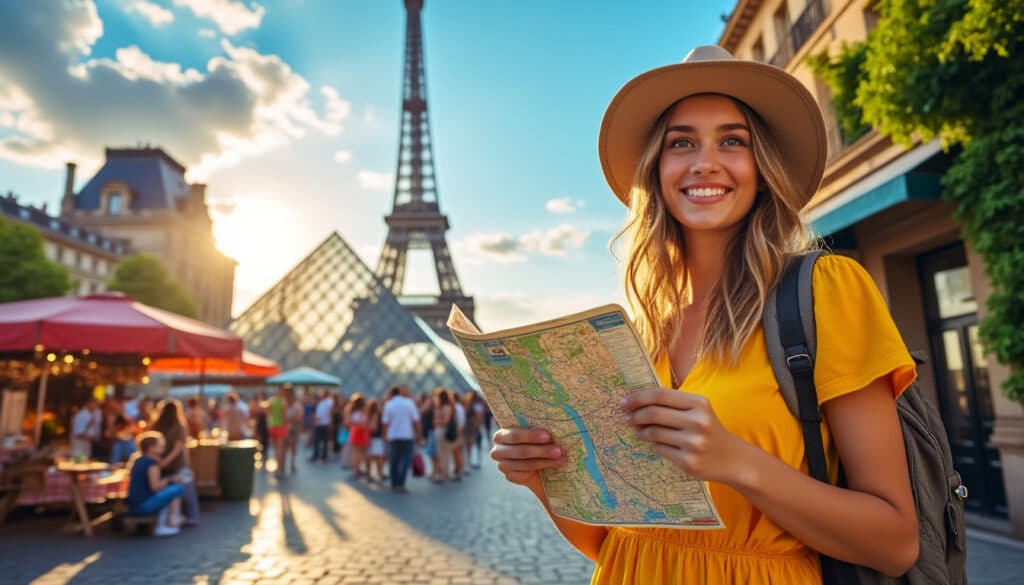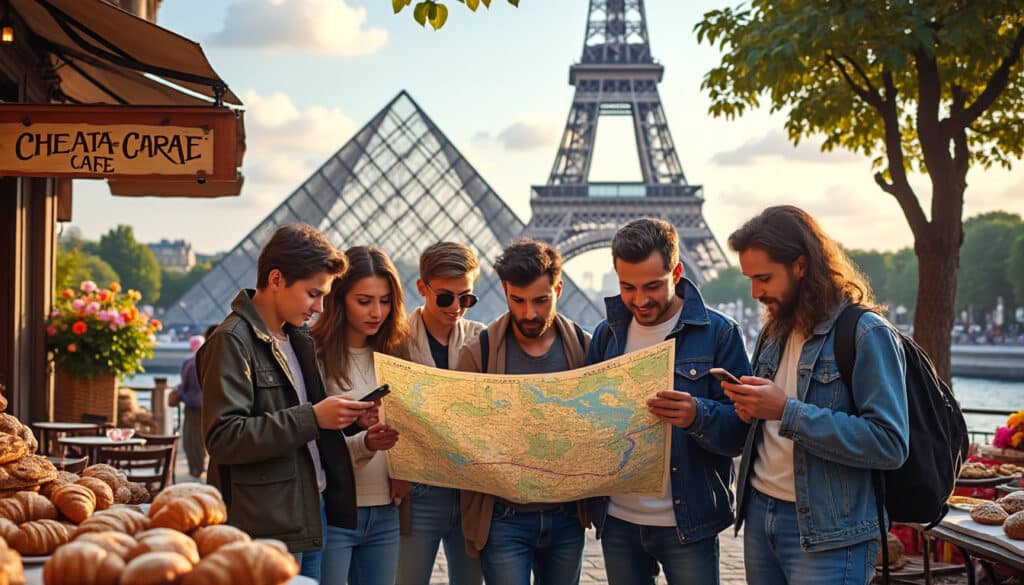Paris, with its iconic skyline and vibrant culture, is not only a global center for art and cuisine but also a pivotal hub in the European rail network. The city’s train stations are gateways to both the city and the rest of Europe, each offering a unique blend of architectural beauty and logistical capability. For travelers, understanding these stations—and how to navigate between them—is key to a seamless Parisian experience. From the bustling Gare du Nord, which links Paris to London and beyond via the Eurostar, to the historic Gare de Lyon, known for its exquisite architecture and access to southeastern France, each station tells its own story, contributing to the living tapestry of Paris. As you stand on their platforms, you are not just on the brink of a journey. You are part of the rhythmic pulse that connects the City of Light to the outside world.
Exploring the Six Major Paris Train Stations
Paris boasts six major train stations, known locally as ‘gares,’ each serving as a portal to different regions of France and neighboring countries. Their strategic importance cannot be overstated, seamlessly integrating domestic and international travel. The Gare du Nord, for instance, ranks as the busiest train station in Europe. This pivotal hub connects Paris to northern France and international destinations such as Brussels and Amsterdam through Thalys services, and London via the Eurostar. Its impressive facade, adorned with statues, symbolizes the cities it serves, making it an architectural marvel as well as a commuting hub.
Just a stone’s throw away is the Gare de l’Est. Historically significant and still operating under its original name, Paris-Est, it functions as a starting point for journeys eastward. Cities like Strasbourg, Reims, and Metz are accessible from here. A quick stroll between the Gare de l’Est and Gare du Nord—less than ten minutes on foot—offers convenience for travelers managing tight schedules or heavy luggage.
The Gare de Lyon, with its iconic clock tower and the sumptuous Le Train Bleu restaurant, not only impresses with its beauty but also with its connectivity. This station broadens horizons towards southern France, leading to destinations such as Lyon, Avignon, and the picturesque Riviera, as well as international routes to Switzerland and Italy. The TGV lines make these locations remarkably accessible, integrating speed with high-quality travel experience.
Gare d’Austerlitz, named to commemorate Napoleon’s victory, stands out with its historical allure but caters primarily to regional localities in the Loire Valley. Previously a key station for southwestern France, its function has since been overtaken by the Gare Montparnasse. Yet, its legacy endures, mirrored in its classic station structure and vibrancy of regional connection routes.
The Gare Montparnasse, while understated aesthetically, is a powerhouse for high-speed TGV lines expanding westwards to Brittany and Bordeaux, extending reach as far as Spain. Its central location underneath high-rise offices makes it an embodiment of modernity nestled within Parisian charm.
Finally, the Gare Saint-Lazare, serving Normandy and cities like Rouen and Le Havre, bridges suburban Parisian life with regional epics. It resonates with artistic elegance, once inspiring impressionists such as Monet, grounding the station as a cultural monument just as much as a transit point. Whether serving locals or visitors, the grandeur of these six stations underscores their role in the pulsating rhythm of Parisian and broader European life.
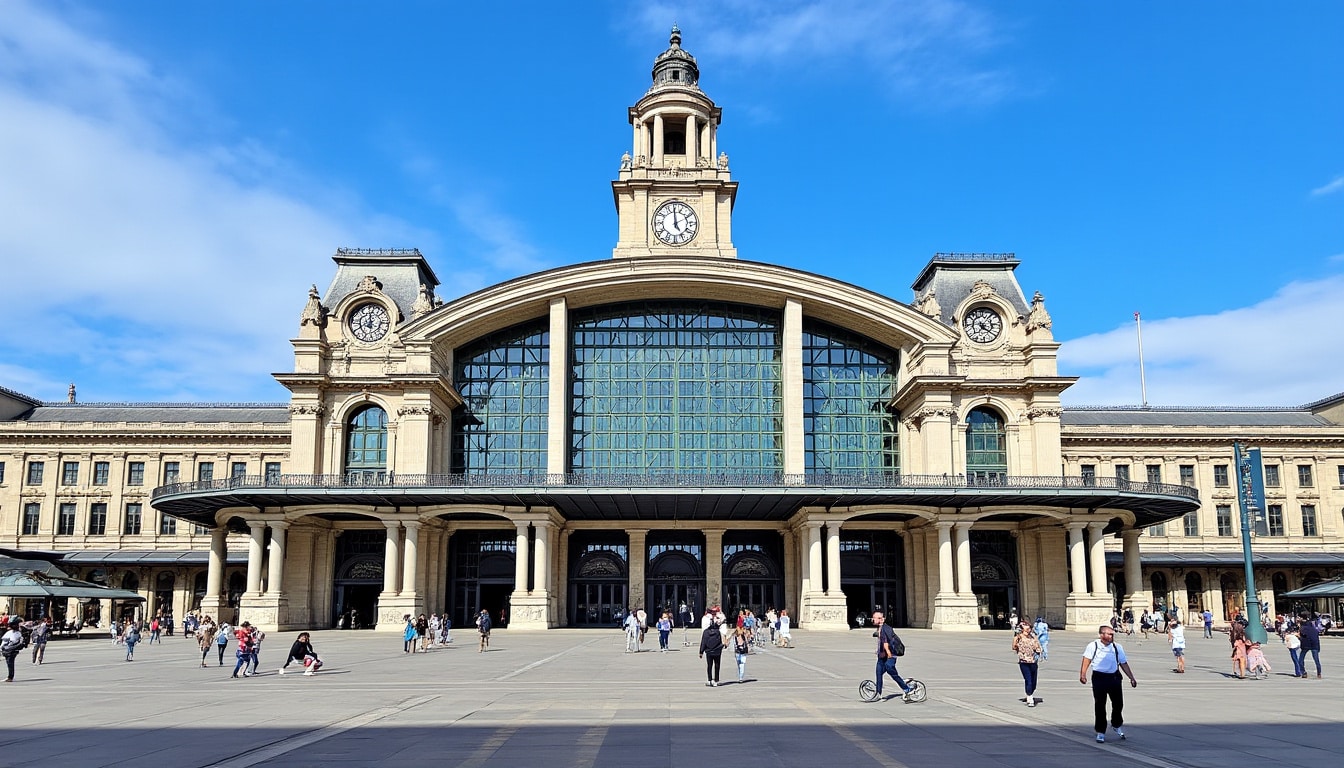
A Practical Guide to Navigating Paris Train Stations
Navigating through Parisian train stations can initially seem daunting due to their sheer size and the hustle and bustle of daily commuters. However, understanding the basic layout and functionality of each station can significantly ease the stress of transit. Most stations like Gare de Lyon and Gare du Nord come equipped with comprehensive signages in both French and English. Passenger services are strategically placed to offer assistance at key points such as entrances and major platform intersections.
For those making connections between trains or stations, the metro and RER (Réseau Express Régional) networks are indispensable. The RATP, managing the Parisian public transport system, ensures that every station is linked to at least one metro line or RER route. For example, RER B line conveniently connects the Gare du Nord with Charles de Gaulle Airport, an essential pathway for international visitors heading directly into Paris.
Purchasing tickets can be done through several channels. SNCF Connect offers a streamlined online platform for booking tickets in advance—a must for TGV and Eurostar journeys as these trains often sell out quickly. Within the stations themselves, ticket machines are available and are programmed to assist passengers in multiple languages, ensuring clarity for those unfamiliar with French.
Security and time management are critical, especially for international routes. It’s recommended to arrive at least an hour before departure when traveling on Eurostar due to border checks, which differ from internal European Union connections. Keeping an eye on baggage is essential as pickpocketing can be an issue in congested areas. For luggage safety, consider utilizing facilities outlined in tips on luggage storage in Paris.
Moreover, most stations offer a variety of conveniences such as dining and shopping outlets, Wi-Fi access, and tourist information centers. Should you have leisure time, they provide an excellent opportunity to indulge in a coffee at Gare Saint-Lazare’s brasseries, or to admire the old-world charm of Gare de Lyon. Overall, being aware of station-specific amenities and potential pitfalls ensures an efficient and enjoyable transit experience through the beating heart of French railways.
The Different Types of French Trains
The versatility of French railways is attributed to the diverse types of trains that traverse its extensive network. Each type of train serves distinct purposes and regions, ensuring that passengers have optimal routes no matter their destination. At the core are the TGV (Train à Grande Vitesse) trains that offer high-speed travel, cutting down journey times drastically in comparison to standard fleets. Whether you’re cruising from Paris to Marseille or heading towards the tranquil countryside of Bordeaux, the TGV is the epitome of speed meeting comfort.
Complementing the TGV are TER (Transport Express Régional) trains that cater to regional destinations. These provide accessibility to less urbanized areas and are cherished for their quaint charm despite their slower pace. The flexibility with TER tickets allows for day-of travel decisions due to their lack of seat reservations.
For suburban connectivity, the RER trains serve as a bridge between Paris’s central hubs and its sprawling suburbs. This network is pivotal for daily commuters and tourists aiming to explore attractions like Versailles or Disneyland Paris. Central ticketing systems interlink RER and metro tickets, facilitating a fluid journey.
Then there’s Eurostar, a specialized high-speed option connecting Paris with major UK cities. Embraced by travelers opting for a swift passage under the English Channel, it underscores the international dimension of Parisian train travel.
| Type of Train | Key Route | Speed | Booking Method | Special Note |
|---|---|---|---|---|
| TGV | Paris – Lyon | High-Speed | Advance Booking | Seat Reservation Required |
| TER | Paris – Loire Valley | Regular | Day-Of Purchase | No Reserved Seating |
| RER | Paris – Versailles | Moderate | At Metro Stations | Keep Ticket for Journey |
| Eurostar | Paris – London | High-Speed | Advance Booking | Early Arrival Recommended |
Maximizing the Experience: Tips for Train Travel in Paris
Harnessing the full potential of train travel in Paris requires a blend of strategic planning and an adventurous spirit. Harmonizing these two elements can transform a mere commute into an enriching experience. One key tip is to integrate local culture within your travel itinerary, allowing for stops in cities renowned for their historical and cultural riches. For example, a journey from Gare Montparnasse to Bordeaux can be complemented with a winery tour, enriching your travel narrative.
Another practical aspect is budget management. Utilizing options such as the Paris transport payment systems ensures efficient use of funds. Many travelers find savings by booking TGV tickets well in advance via platforms like SNCF Connect, often benefitting from significant discounts. Programs like this also offer valuable insights into ongoing promotions and regional travel passes.
Moreover, consider leveraging the comfort facilities available at major train stations. These include waiting lounges, dining establishments like the aforementioned Le Train Bleu at Gare de Lyon, and comprehensive luggage storage services. These amenities ensure a hassle-free travel experience, freeing up time to explore local attractions without the burden of travel gear.
Safety is another crucial aspect to bear in mind when traveling through Parisian stations. With the increased number of travelers, surveillance systems are in place to monitor security. However, it’s always wise to stay vigilant against petty crimes such as pickpocketing, especially in busy areas. For added peace of mind, familiarize yourself with safety tips for Paris, enhancing your confidence in navigating public spaces.
On a more logistical note, alertness to the train schedules and potential delays can spare unnecessary stress. The RATP and SNCF platforms provide real-time updates on service status, ensuring travelers remain informed of any disruptions. Utilizing these updates helps in adjusting your schedule accordingly, minimizing the impact of unforeseen events.
Architectural Marvels and Historical Insights
An often-overlooked facet of Parisian train stations is their stunning architectural designs and rich historical narratives. Each station offers a unique perspective into Paris’s past and how it intertwines with the present. Gare de Lyon, for example, stands as a testament to the Beaux-Arts architectural style, with its decorated interiors and the eminent clock tower that commands a majestic view over the square below.
The Gare Saint-Lazare, enshrined in the artworks of impressionists like Monet, captures the bustling yet picturesque essence of Paris. It is a living museum in its own right, narrating stories of an era where Impressionism mirrored the energetic life of railway stations. Similarly, the Gare d’Austerlitz, though less grandiose, offers insight into France’s grand railway expansions during the 19th century.
Stations like Gare Montparnasse, while contrasting in their modernistic approach, encapsulate a different kind of historical progression—one where technology and contemporary design converge. Standing within its busy hallways feels like a window into Paris’s future dynamics.
Even the bustling Gare du Nord offers a glimpse into international cooperation, symbolized by its architectural grandeur, reminiscent of its 19th-century roots when international rail travel was burgeoning. Its sculptures crowning the facade represent cities connected through its expansive networks, underscoring the cultural milieu that defines Europe.
Understanding these architectural elements not only enriches a traveler’s experience but also fosters a deeper appreciation of Paris’s socio-cultural evolution. By pausing to admire these masterpieces, one gains more than just logistical convenience; it’s a journey through time, witnessing the evolution of transport and its indelible imprint on Parisian society.
A Photographic Journey: Capturing the Essence of Paris Train Stations
Paris’s train stations present perfect opportunities for photography enthusiasts. Whether it’s the majestic facades or the dynamic life within, each station offers myriad scenes. As a traveler, capturing the grandeur of Gare de Lyon’s clock tower silhouetted against a sunset, or the intricate details of the Gare Saint-Lazare’s façade, provides both a digital and a cerebral postcard of your journey.
While reputed for their architectural distinction, these stations also encapsulate the everyday hustle and bustle characteristic of Paris. Snapshots of daily commuters, ambling tourists, and the distinctive sounds of a bustling station provide a slice of life that is uniquely Parisian.
However, always be respectful of privacy and consider the decorum of fellow travelers. Familiarize yourself with local etiquette and legal guidelines regarding photography to ensure a respectful photographic journey.
Ultimately, allowing oneself to be absorbed into the rhythm of Paris’s train stations makes for a captivating photographic narrative that reflects both motion and emotion in a city that thrives on both.
Frequently Asked Questions (FAQs) about Train Travel in Paris
What is the best way to buy train tickets in Paris?
Booking tickets in advance through online platforms such as SNCF Connect is highly recommended, especially for TGV and Eurostar trains that may sell out quickly.
Are there luggage storage facilities at Paris train stations?
Yes, major stations offer luggage storage services. It’s advisable to plan your storage requirements in advance, especially during peak travel seasons. See more on luggage storage options in Paris.
Is it safe to travel by train in Paris?
Generally, train travel in Paris is safe, but it’s essential to stay vigilant against pickpocketing, particularly in crowded areas. The transport safety guidelines can offer more insights into protecting oneself.

Planning a trip to Paris is like crafting a beautiful piece of art—a delicate balance of culture, gastronomy, and history awaits at every corner. Known universally as the City of Light, Paris uniquely combines elegance with a lively ambiance. This…
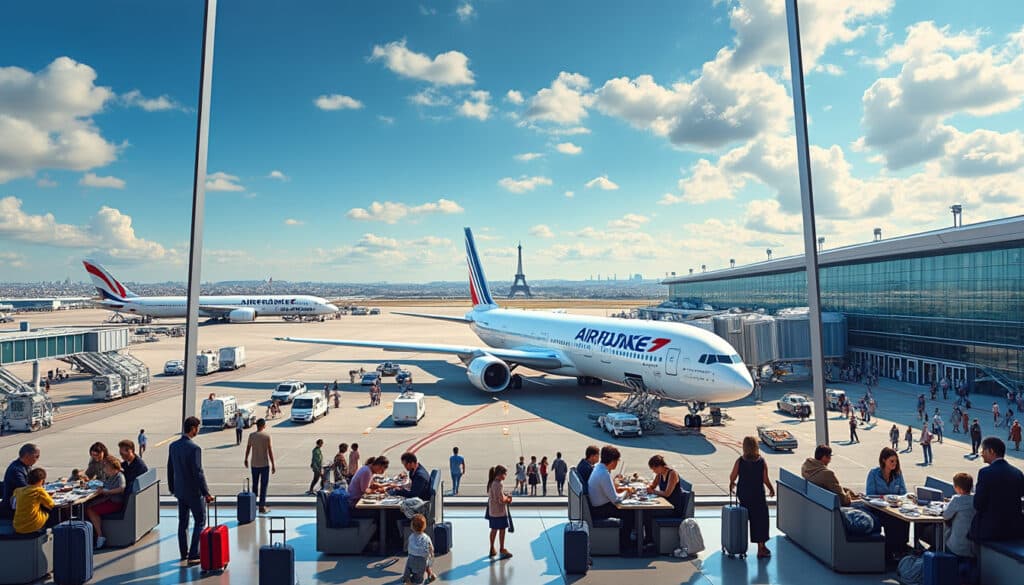
Paris, the glamorous and charming City of Light, with its iconic attractions and vibrant culture, draws millions of visitors from around the globe each year. How do they all arrive? The answer lies in its efficient and busy airport system,…
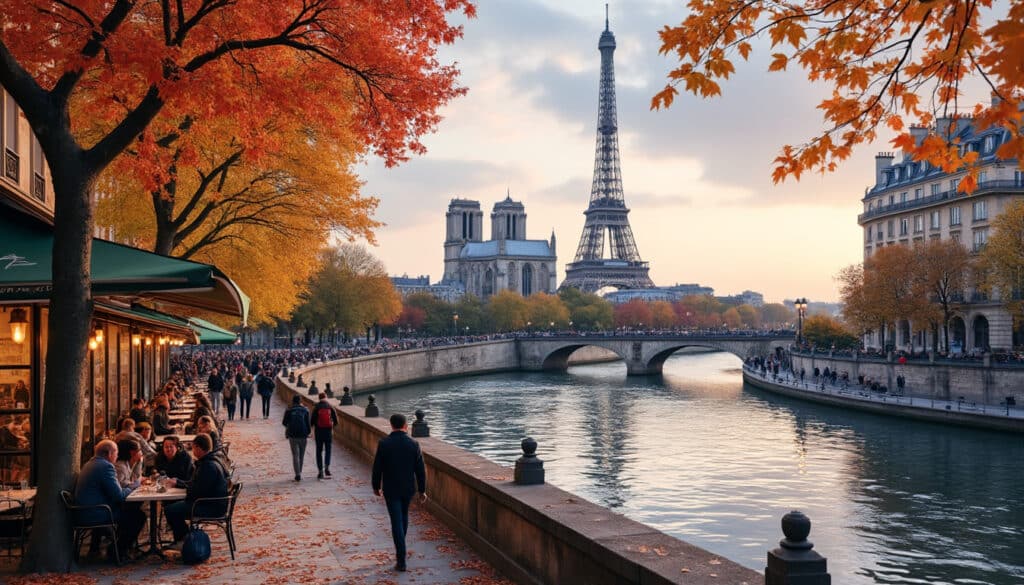
Paris, a city known for its timeless allure, bustling avenues, and rich cultural tapestries, often captures the hearts of travelers from every corner of the globe. Yet, visiting this romantic haven doesn’t have to break the bank. Identifying the cheapest…
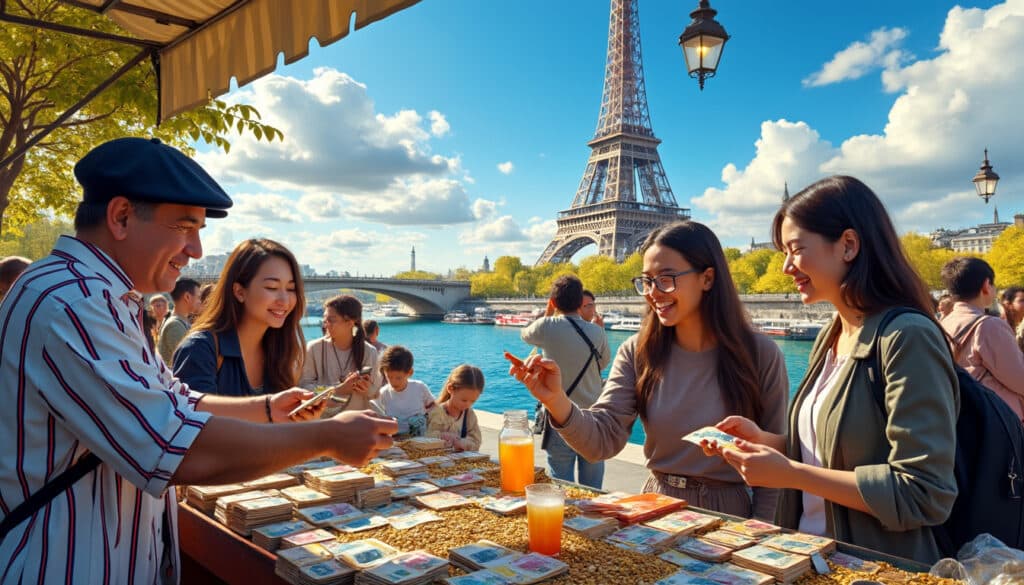
Currency and payments in Paris
Planning on visiting the enchanting city of Paris? Alongside indulging in its famed art and gastronomy, understanding the intricacies of currency and payments is essential for a seamless experience. Paris, a hub of vibrant culture and endless opportunities for exploration,…
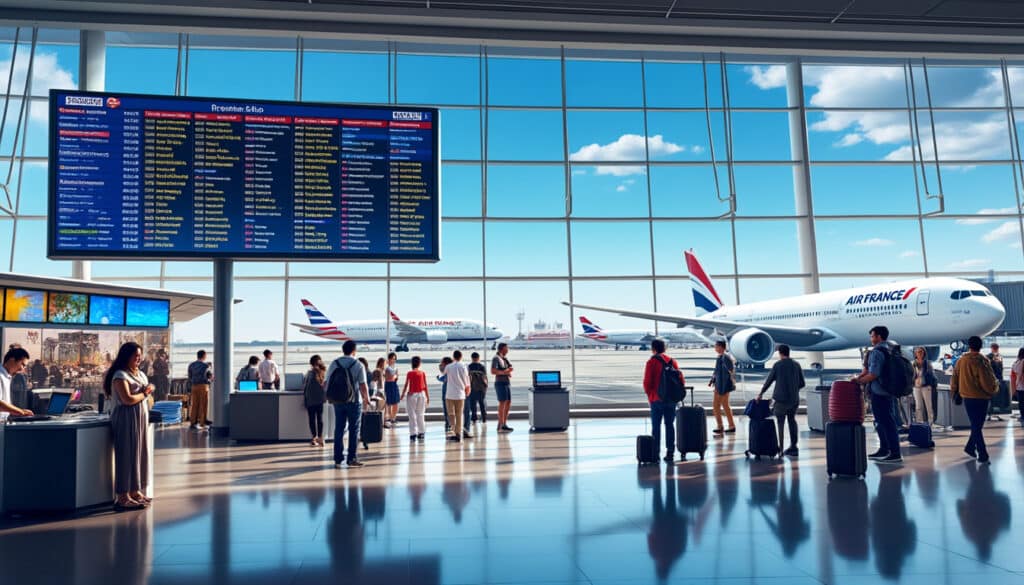
Flights to Paris and airline options
Ah, Paris! The city of love, dazzling lights, and culinary wonders. In 2025, the allure of this iconic city continues to captivate travelers from around the globe. For those planning a trip, understanding the various airline options for flights to…
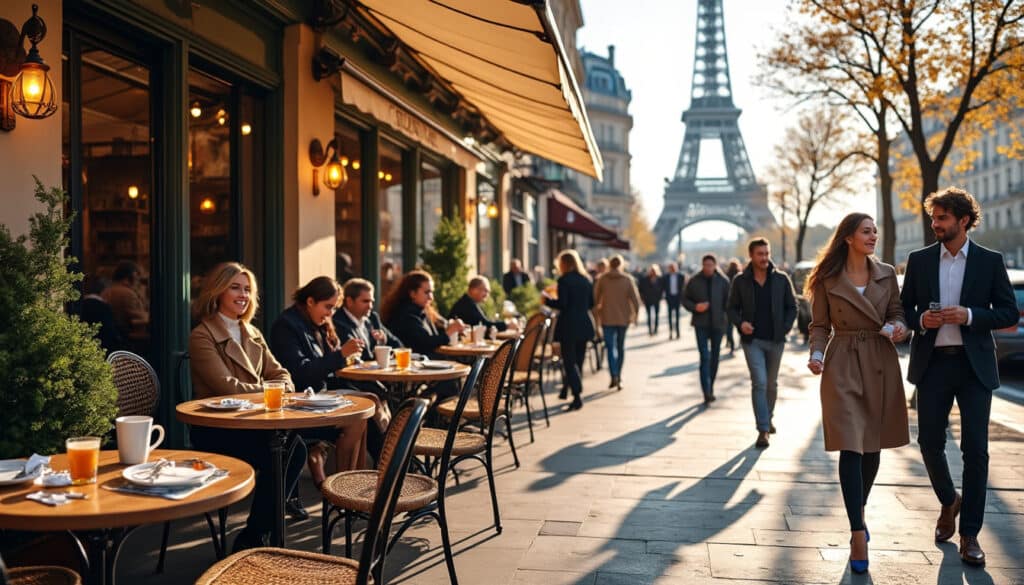
Visiting Paris offers a unique blend of cultural experiences, but navigating the nuances of currency and tipping can pose challenges for travelers. From the charming street-side cafes to luxurious hotels, understanding the ins and outs of when and how to…
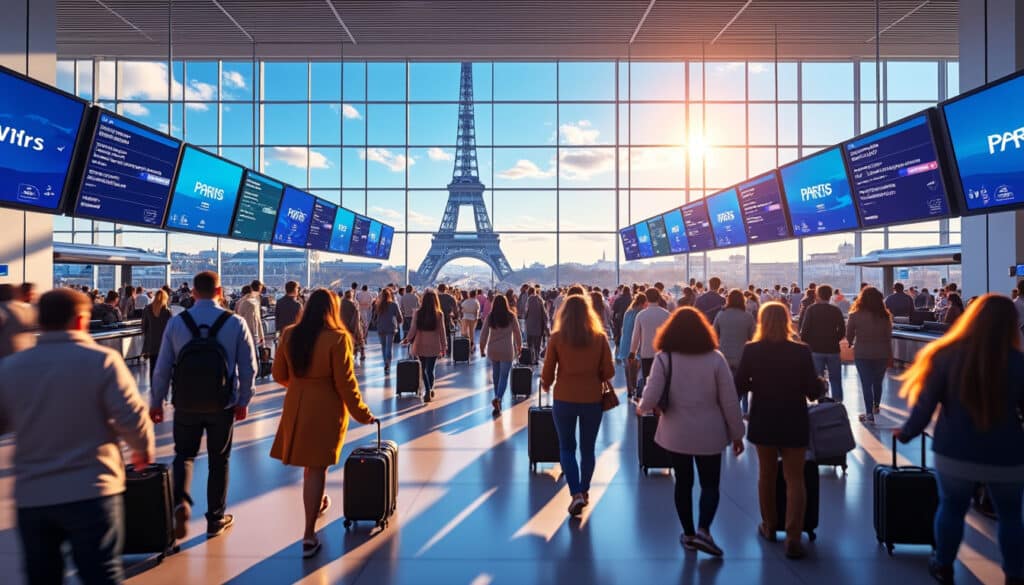
Flights to Paris and airline options
Discovering the charm of Paris is on many travelers’ bucket lists, and selecting the right airline can enhance the entire experience from the moment of departure. Whether it’s for a romantic getaway, a deep dive into the artistic heart of…

How many days to stay in Paris?
When planning a trip to Paris, a city renowned for its romantic ambiance and cultural richness, a common question arises: how many days are enough to truly experience the City of Light? Here, we explore the multitude of options that…
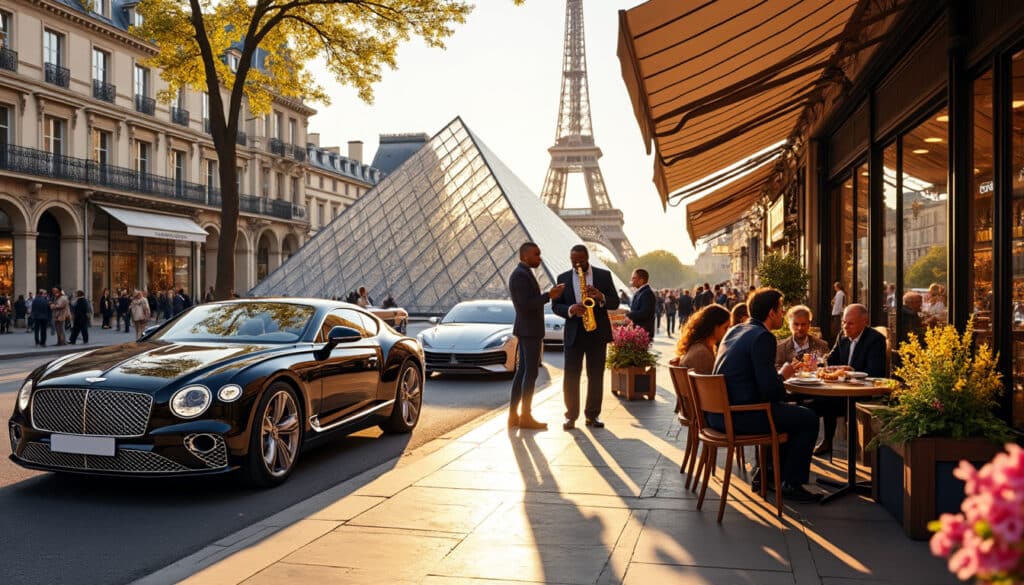
Paris, a city synonymous with art, gastronomy, and elegance, often raises the question: is it expensive to explore? While some aspects of Parisian life do carry a hefty price tag, others might surprise you with their affordability. The perception of…
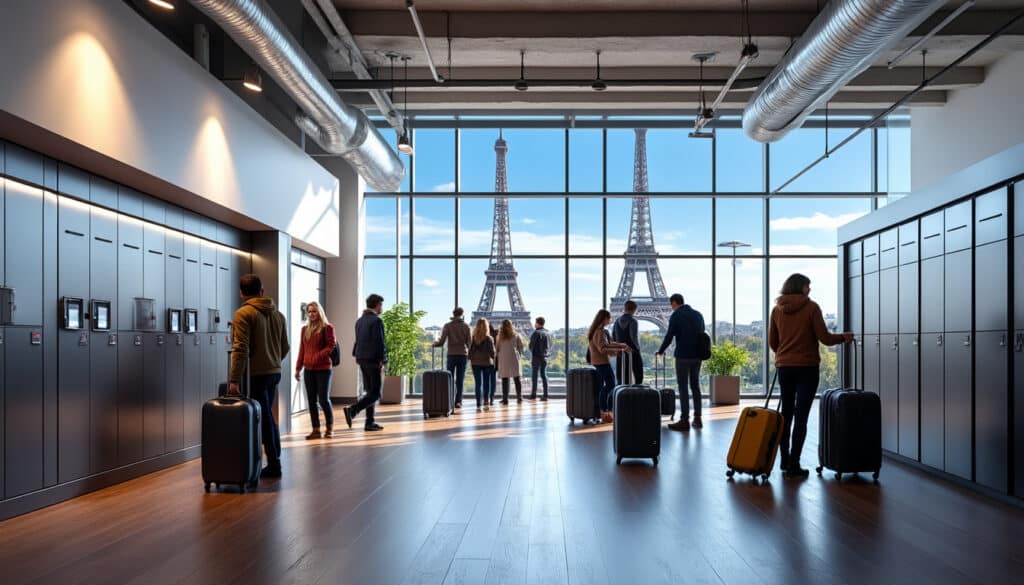
While wandering the charming streets of Paris, the City of Lights, travelers often find themselves burdened with a less alluring accessory — their luggage. The romance of exploring Montmartre or the artistry within the Louvre is dampened when accompanied by…
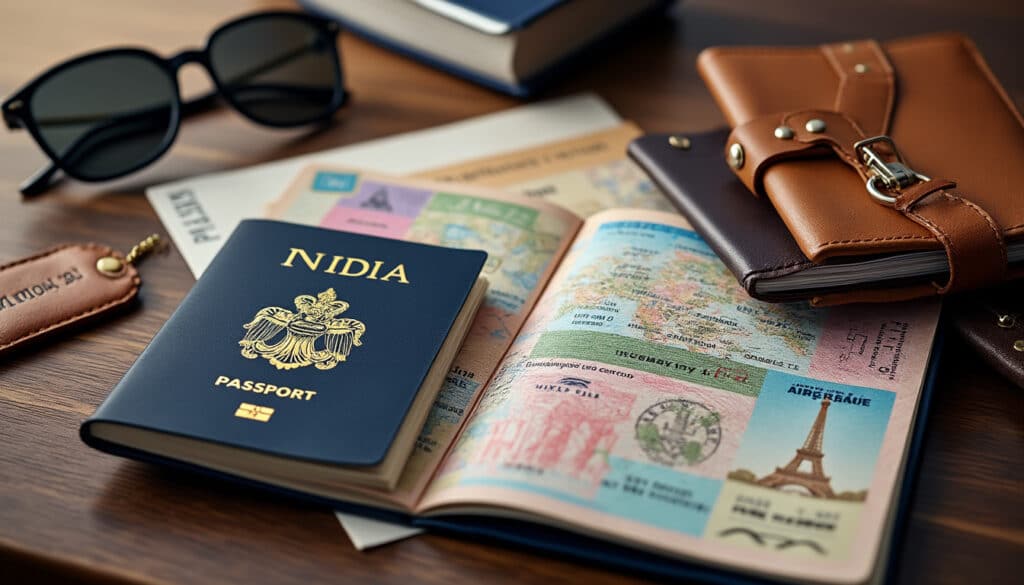
Passport and travel documents for Paris
Embarking on a journey to Paris, the city of lights, requires more than just packing your bags and booking a flight. To ensure a seamless travel experience, it’s crucial to prepare the essential documents that will pave your way to…

Paris, a city of endless allure and timeless beauty, beckons travelers from around the globe to immerse themselves in its rich tapestry of history, art, and gastronomy. As you embark on planning your trip to the City of Light, it’s…
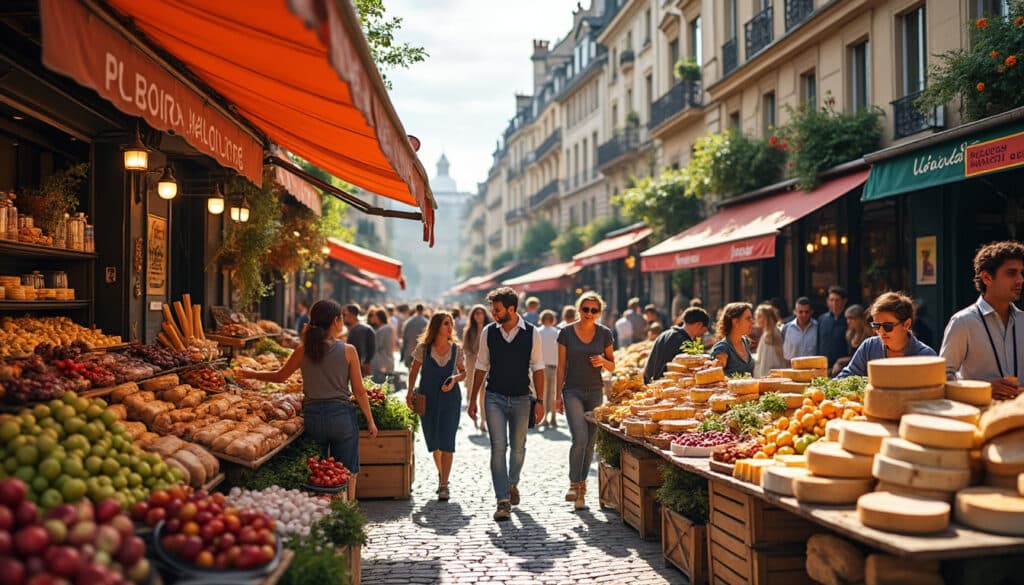
Paris, often lauded as one of the most captivating cities globally, presents a diverse range of experiences suitable for various budgets. Whether strolling through its enchanting streets, indulging in exquisite cuisine, or losing oneself in historic sites, visitors must be…
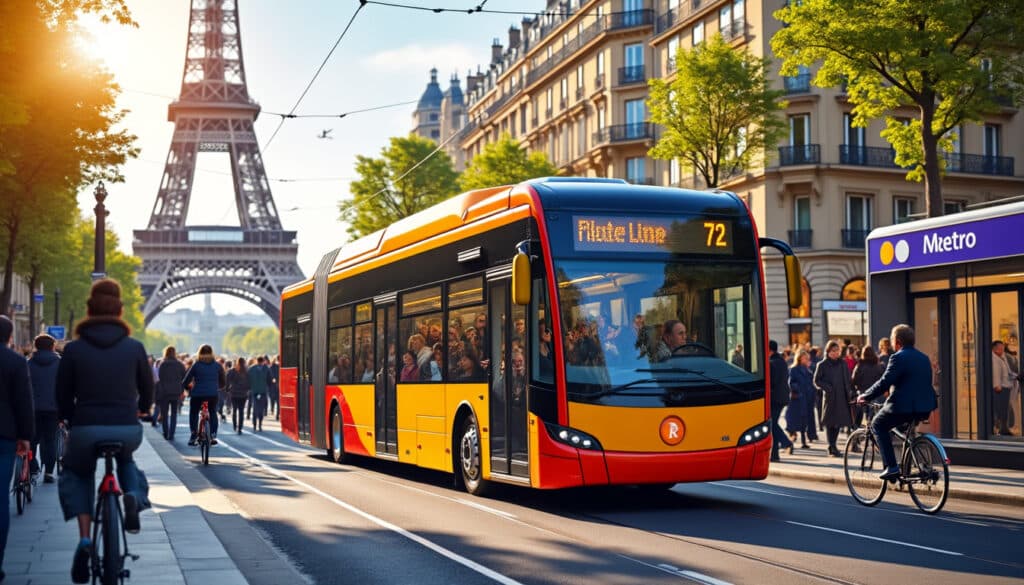
Public transport and payments in Paris
Navigating the bustling city of Paris is a fascinating experience, but understanding the intricacies of its public transportation system can feel overwhelming. As of 2025, Paris has revamped its public transportation fare system, focusing on efficiency and simplicity for residents…
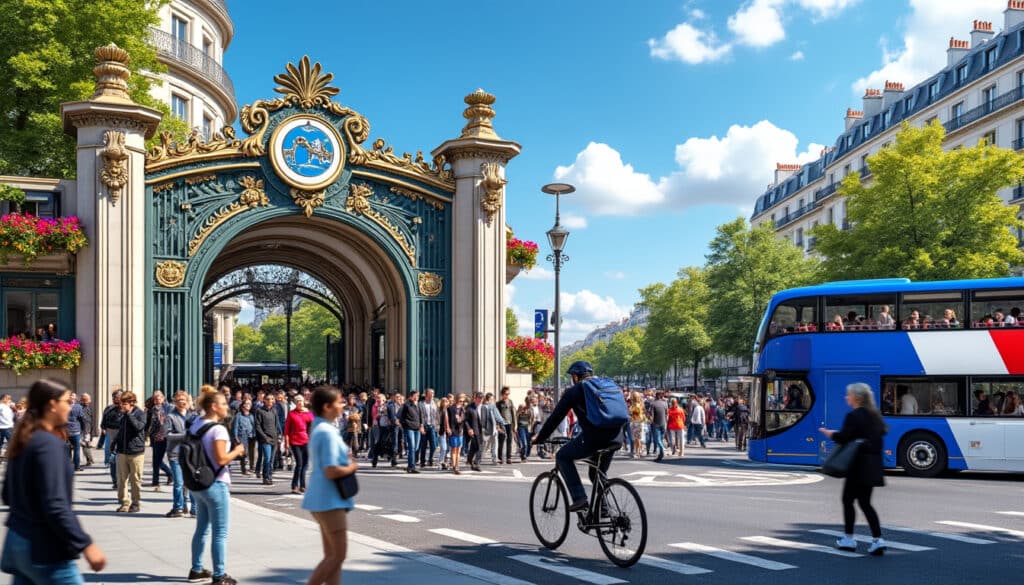
Paris, the City of Light, offers a kaleidoscope of experiences waiting to be discovered. While the romantic allure of the city tempts one to roam on foot, the vast public transportation network beckons with its promise of convenience and accessibility.…
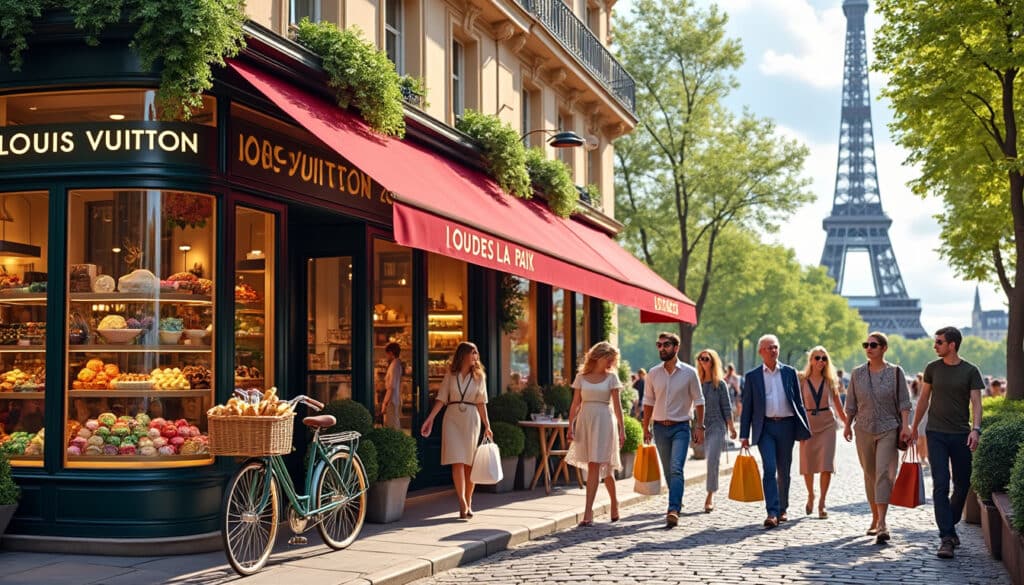
Shopping and delivery in Paris
Paris, a city renowned for its culinary delights and boutique shopping experiences, offers an eclectic mix of options for both residents and visitors alike. From its historic markets to modern-day supermarkets, the city caters to the diverse needs of its…
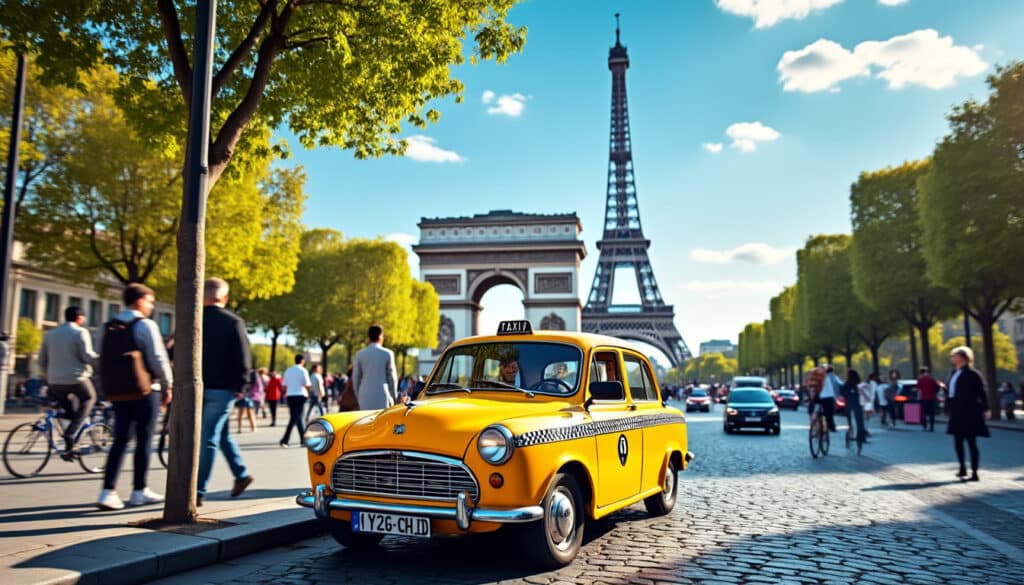
Taxi and cab services in Paris
Paris, the City of Lights, is not only known for its breathtaking architecture and romantic ambiance but also for its bustling, lively streets filled with the hum of taxis and cab services. While many visitors find the iconic Paris Metro…

Tipping and local payment habits in Paris
When navigating the vibrant and bustling city of Paris, understanding the nuances of tipping and local payment habits can enhance your experience immensely. Paris, a city renowned for its impeccable cuisine and culture, operates differently from other global cities regarding…
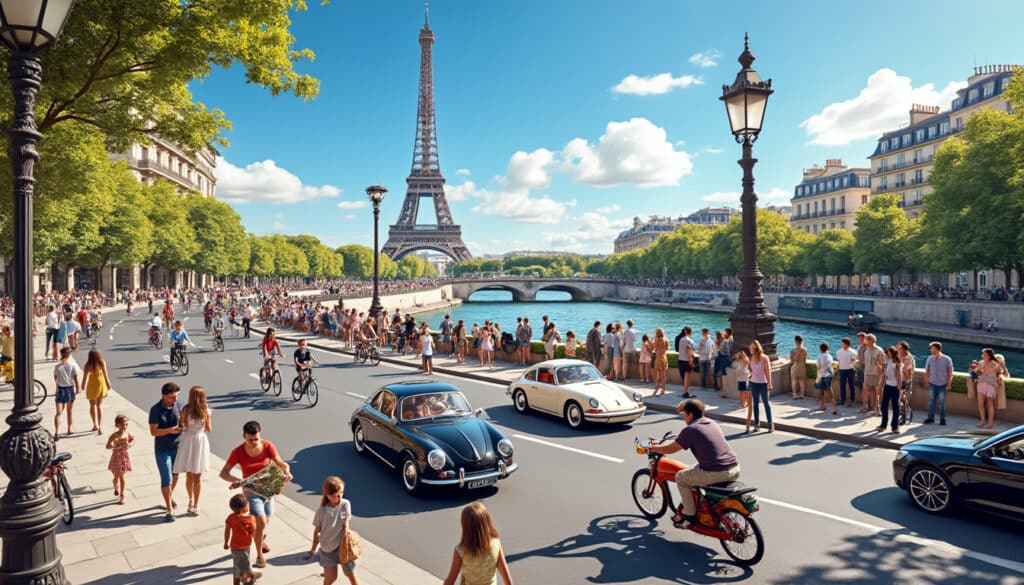
Transportation and mobility in Paris
The bustling city of Paris is renowned for its rich culture, historical landmarks, and sophisticated lifestyle. Yet, beyond the art and gastronomy, Paris is also at the forefront of urban mobility innovation. From state-of-the-art metro systems to bike-sharing services, the…

Planning a trip to the charming city of Paris is a dream for many. As you prepare to immerse yourself in the captivating culture and iconic sights, having a well-organized travel checklist is essential. Paris, renowned for its fashion, art,…
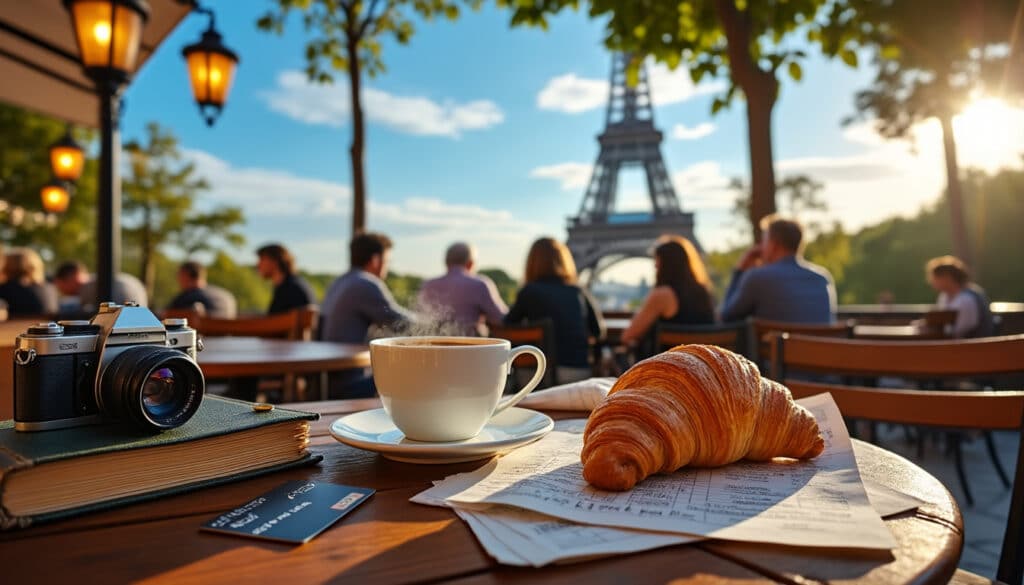
Trip costs and budgeting in Paris
Paris: a city often associated with romance, culture, and historical landmarks. Yet, beneath its glamorous façade lies a practical concern for travelers: budgeting. Understanding the costs of accommodation, dining, transportation, and attractions is crucial for anyone planning to visit the…
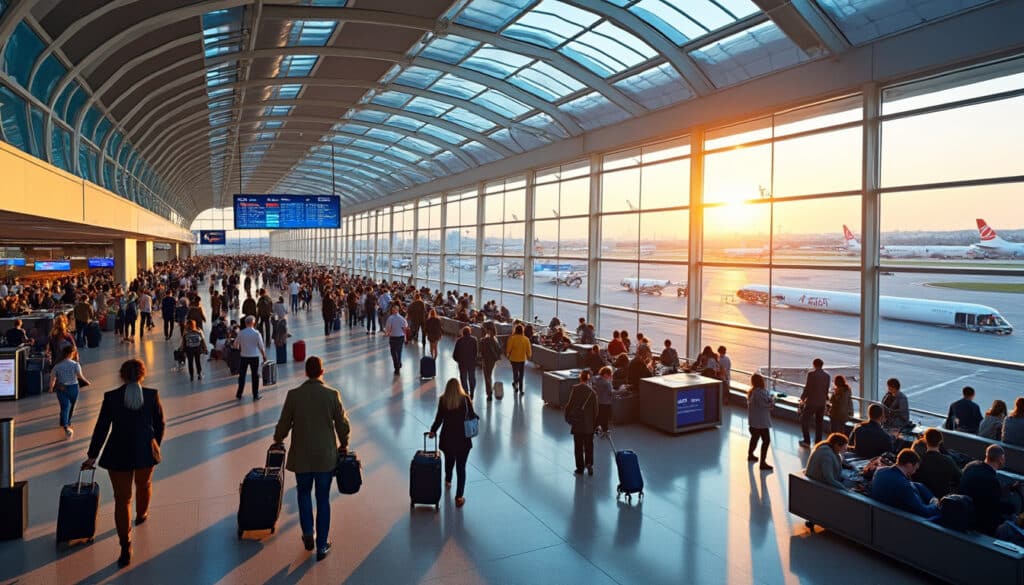
Whether you’re visiting Paris for its iconic art, romantic ambiance, or exquisite gastronomy, your journey often begins and ends at one of its bustling airports. Paris, a leading travel destination, accommodates millions of visitors each year through its three main…
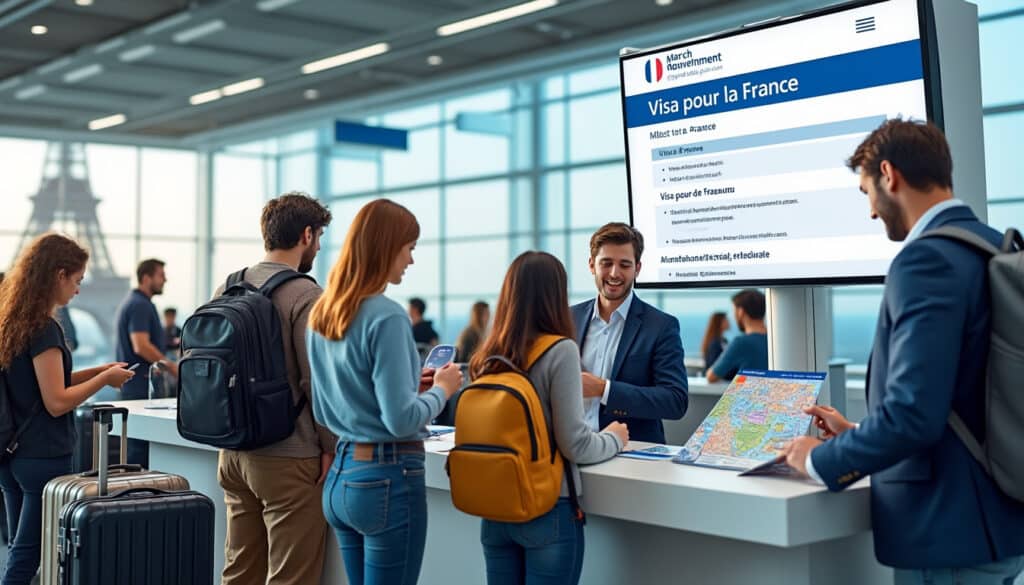
Paris, the City of Light, is a dream destination for travelers and tourists around the world. With its rich history, exquisite gastronomy, and iconic landmarks, it’s no wonder that millions flock to this vibrant city each year. However, before you…
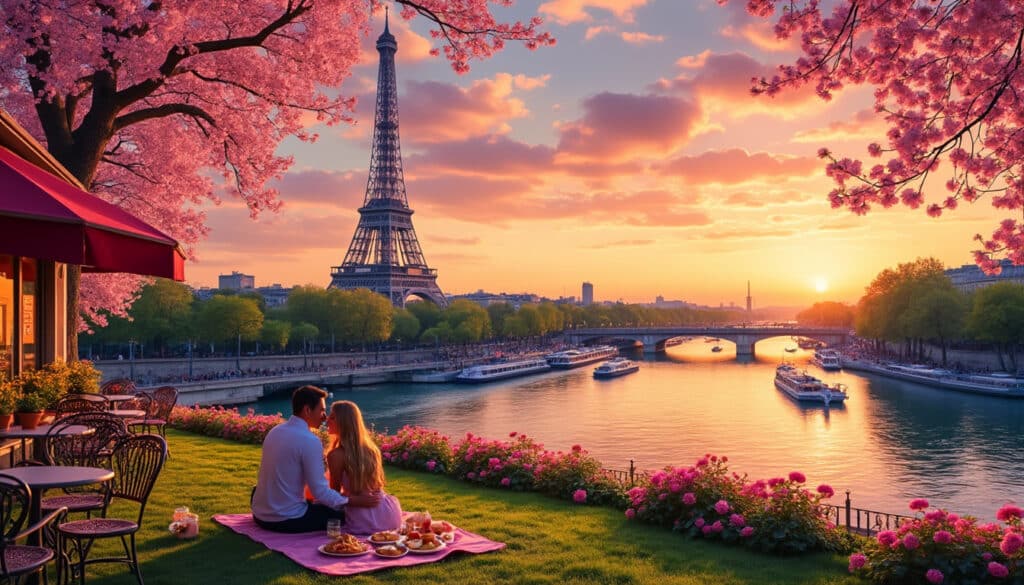
When is the best time to visit Paris?
Often hailed as one of the most romantic cities in the world, Paris attracts millions of visitors each year, eager to experience its enchanting ambiance, rich history, and vibrant culture. With its numerous iconic landmarks such as the Eiffel Tower,…


